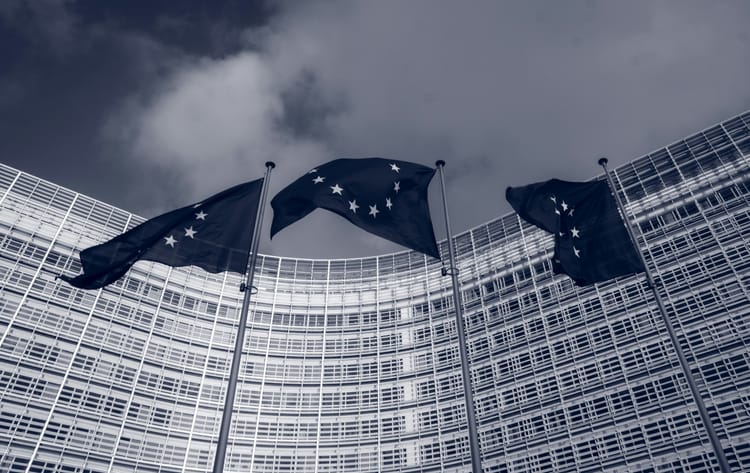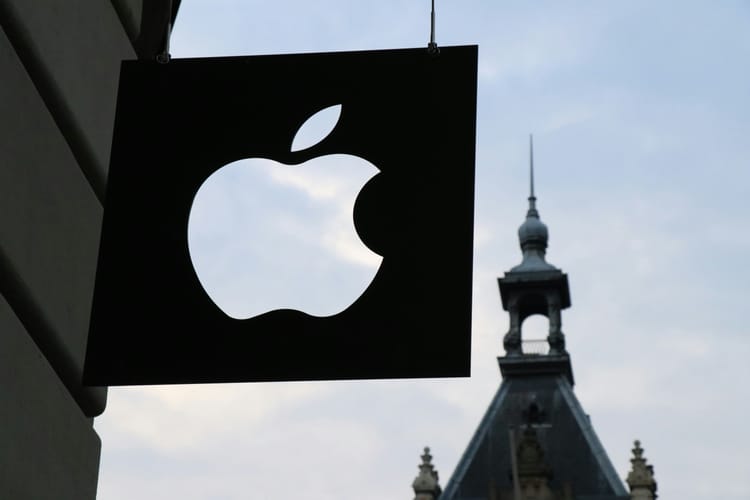H&M Head of Sustainability ‘concerned’ about expanding carbon offset use within SBTi

H&M’s Head of Sustainability Leyla Ertur has expressed concern over the potential expansion of carbon offset use for Scope 3 decarbonisation and urged the SBTi to focus on GHG reductions.
In a letter addressed to the SBTi Board of Trustees, Ertur highlights “two main concerns” with its controversial April statement, which suggested that carbon offsetting could potentially be allowed “beyond the current limits” of 10% of a company’s overall footprint (with the remaining 90% having to be reduced).
SBTi-approved carbon offset use would weaken decarbonisation investment
“The decision weakens corporate climate pledges and makes real decarbonisation efforts within value chains less attractive,” she says, noting that allowing companies to replace decarbonisation action with carbon offsets from the voluntary carbon market (VCM) would “deter the investments and innovation we need to achieve systemic change”.
Ertur explains that supply chain programmes incentivising factory electrification and renewable electricity development in markets where this isn’t yet commonplace is more expensive and complex than the purchase of carbon credits (which sold at an average of US$6.53 per tonne CO2e in 2023). As such, the policy would “risk leading to inaction from companies on these crucial topics”.
Additionally, H&M’s Head of Sustainability warns the SBTi against “moving away from a robust scientific foundation and a governance structure that allows for transparent and independent science-based standards”, arguing that this would undermine “principles that we believe are fundamental for real climate action”.
H&M takes a rare stance against carbon offsets for net zero
This is the first time a multinational corporation takes such a firm position against the carbon offset use since the SBTi Board of Trustees suggested that the updated Corporate Net Zero Standard might allow for expanded use of environmental attribute certificates for Scope 3 abatement.
The organisation, which started as a voluntary initiative between CDP, the United Nations Global Compact, World Resources Institute (WRI) and WWF in 2015 and has since become the de facto global standard for corporate net zero target setting, has been under renewed scrutiny since April.
Climate activists and NGOs immediately denounced what they saw as a relaxing of already insufficient rules, warning that it could give companies a free pass to keep polluting. As a result of the outroar, SBTi CEO Luiz Amaral clarified in mid-April that “no change has been made to SBTi current standards”, and that any policy modification would be “informed by evidence” and conducted according to formal procedure.
But the corporate world had remained mostly silent on the topic until H&M’s open letter, which appears to want to open the debate: “We are open to engaging in further conversations with SBTi and other stakeholders on this important matter,” adds Ertur.
H&M sustainability actions
Urging the SBTi to prioritise GHG reduction in its net zero standard, she asks the organisation to continue to work on science-based targets for carbon offset use as part of ‘beyond value chain mitigation’, through which companies can invest in further decarbonisation outside of their own impacts.
“Advocating for systemic change” within and beyond its value chain is an integral part of H&M’s sustainability strategy. The company is one of few in the fast fashion sector to disclose its full list of suppliers.
In 2023, H&M reported a 29% reduction in Scope 1 emissions, 21% in Scope 2 and 22% in Scope 3 – putting it on track to meet its science-based target of 56% emissions reduction across the value chain by 2030.
The brand also recently joined six others, including Primark, in a circular fashion initiative led by the Ellen MacArthur Foundation to “decouple revenue from production”.







Member discussion